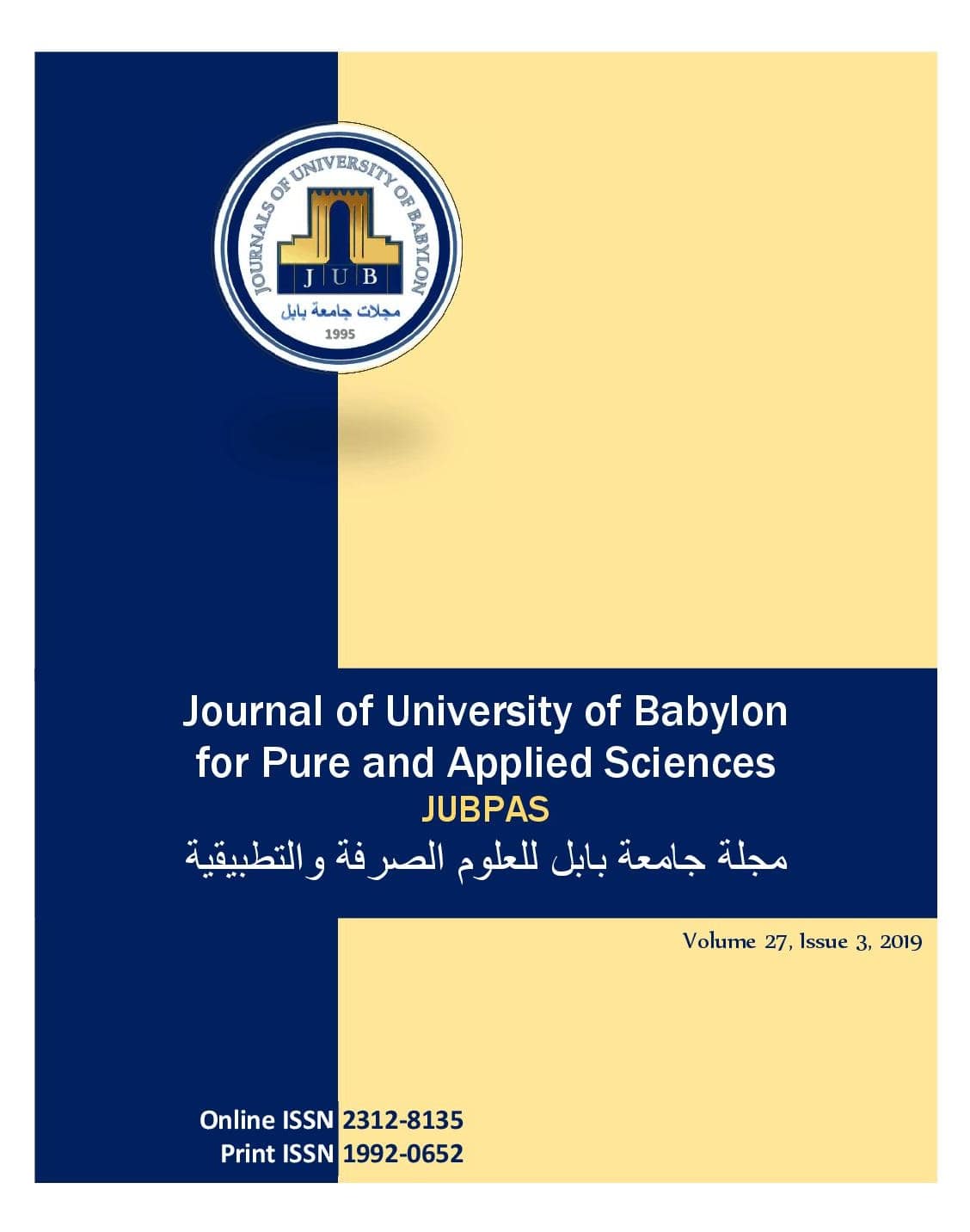Correlation between Biofilm Formation, Multi-Drug Resistance and AlgD Gene among Pseudomonas aeruginosa Clinical Isolates
Main Article Content
Abstract
Background: Pseudomonas aeruginosa is an opportunistic pathogenic bacterium that associated with persistent infections that are difficult to eradicate. Objective: This study aims to determine biofilm forming potential of P. aeruginosa and its correlation with antibiotics resistance and presence of AlgD gene. Materilals and Methods: The present study carried out in Azady teaching general hospital in Kirkuk city during the period from August 2017 to May 2018, one hundred isolates of Pseudomonas aeruginosa had been obtained from (1260) different clinical specimens. Antibiotic susceptibility was determined by Kirby-Bauer method, biofilm formation analyzed by Microtiter plate quantitative method, and AlgD gene was determined by polymerase chain reaction (PCR).Results: A lower percentage of antibiotic resistance was against piperacillin/tazobactam (5%), cefepime (24%), and ceftazidime (26%) while, higher resistance percentage was seen against amoxicillin/clavulanic acid (98%) and trimethoprim/sulfamethoxazole (97%), multi-drug resistance (MDR) formed (60%) of total isolates. Biofilm formation found in (98%) of total isolates. AlgD gene detected by PCR technique found in (98%) of total isolates, AlgD gene was found only in biofilm former isolates. Conclusions: Significant correlation found between biofilm formation and antibiotic resistance. Strong correlation observed between presence of AlgD gene and biofilm formation.
